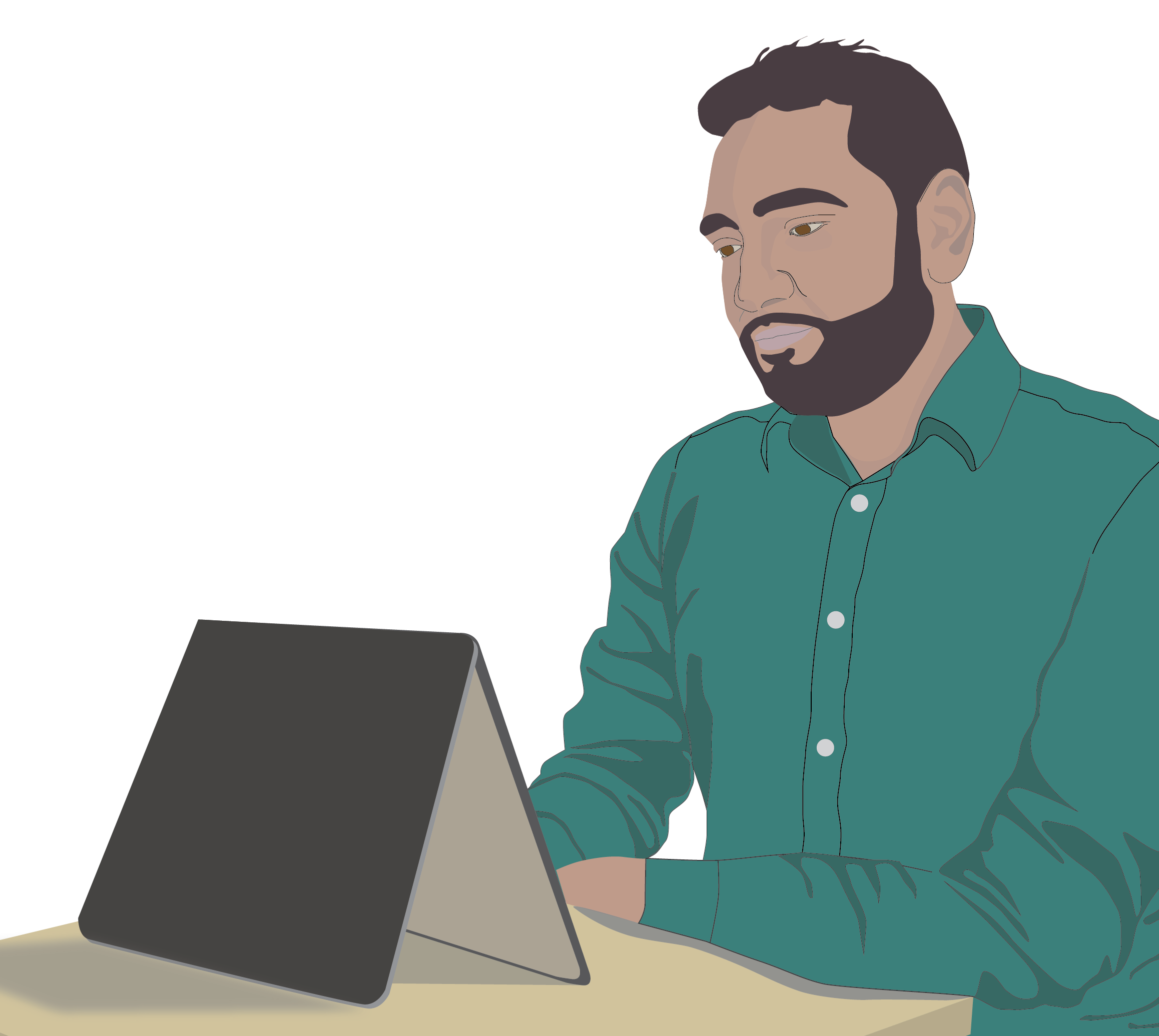Meet Tom

Tom lives outside Manchester (UK) and works from home as he has cerebral palsy and finds travelling difficult. He uses a wheelchair and an Augmentative and Alternative Communication (AAC) aid that has a wide selection of symbols with speech output, because his speech is unclear.
A day in the life of Tom
Tom spends much of his time lobbying for greater support for other AAC users, their families and carers. He has a busy schedule working on a helpline and setting up meetings. On this particular day he is spending time pre-programming a presentation into his device so that the symbols he presses will provide speech output at a reasonable speed. He has access to many environmental aids around the house as well as his communication aid, so he can call his assistant and control his television, video player, the lights and blinds. Using other cooking aids and being independent in the kitchen is still a dream, because his balance is poor and tasks that require considerable dexterity skills are a challenge.
Having completed the presentation and still online, Tom accesses his e-mail and the web. He sees yet more e-mails related to the latest government cuts and has a session on Live Messenger with a friend who has just logged into Facebook. Time passes as he answers queries – no one needs to know how long it takes. Toggling on scanning allows him to move up and down the lines on the on-screen keyboard to select letters or predicted words. Tom can use a Bluetooth switch, which allows him to hit the top of a button on the switch to activate the cursor or control the scanning. At other times, he can also use the touch screen to pick out symbols to complete whole sentences or phrases. The speech output has been boosted so it works in noisy surroundings or in meetings and this is where Tom is heading next.
During the meeting, Tom finds a government website that is keyboard accessible and he can copy across some data, but the downloadable PDF that has the main information turns out to be an image and Tom cannot annotate it or add any quotes to his notes to share with colleagues. Then there is a webinar about the Minister’s discussion and an animated film going through the particular topic. The video player on the website does not appear to have accessible play and pause buttons – Tom often likes to rewind media files, because it takes time to make notes. Exasperation sets in as he heads off to lunch.
In the afternoon, the centre has a physiotherapist and Tom supports some children who take part in a Microsoft Xbox Kinect session as part of an exercise regime. It is easy to become immersed in a virtual world which requires movements that can also act as exercises to increase flexibility. At the end of the session Tom and his assistant go off to find the one and only cash machine (ATM) and restaurant that are wheelchair accessible.
See also the needs & preferences set for Tom.
German translation of Tom (PDF).
Text: © Copyright: Dublin Institute of Technology and The University of Southampton, 2016. The text is made available under a Creative Commons Attribution 4.0 International Licence (CC BY 4.0).
Image: © Copyright: The University of Southampton, 2016. This image is made available under a Creative Commons Attribution 4.0 International Licence (CC BY 4.0).
German translation: Hochschule der Medien / Stuttgart Media University.
MOOCAP is funded by the ERASMUS+ grant program of the European Union under grant no. 2014-1-DE01-KA203-000679 (MOOC Accessibility Partnership), through the German Academic Exchange Service (DAAD). This website reflects only the project’s view and neither the European Union nor the DAAD are liable for any use that may be made of the information contained herein. For more details, including contact details, see also our impressum / legal notice.